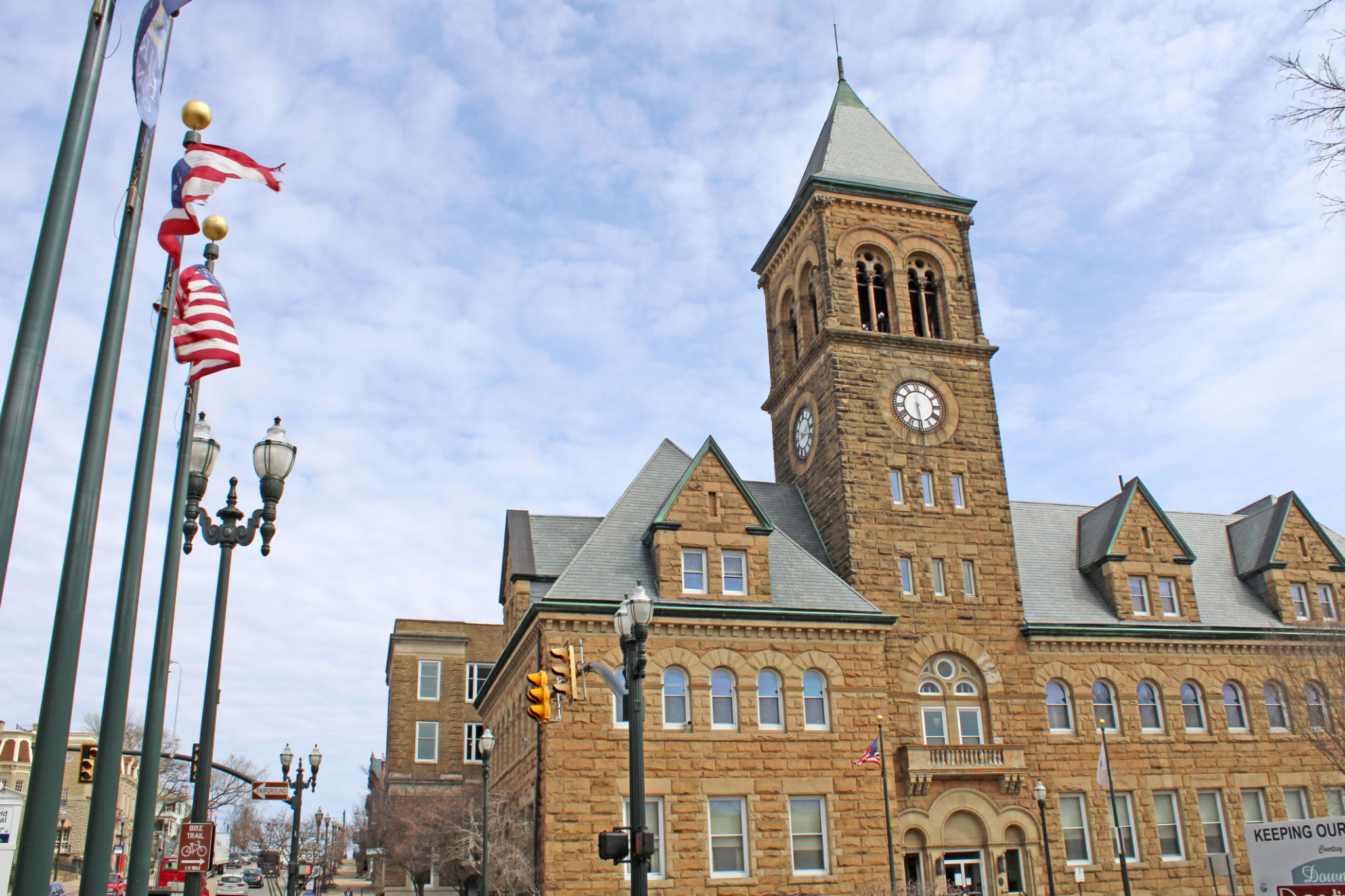Navigating Last Mile Delivery Trends in the Southeast USA
Understanding Last Mile Delivery
The concept of last mile delivery refers to the final step of the delivery process where goods are transported from a transportation hub to their final destination, typically a consumer's home or business. In the Southeast USA, this aspect of logistics has become increasingly important due to the region's growing population and booming e-commerce sector.
Last mile delivery is crucial as it directly impacts customer satisfaction. Efficient delivery can enhance the customer experience, while delays or mishaps can lead to dissatisfaction. As consumer expectations for faster and more reliable delivery rise, businesses are compelled to innovate and improve their last mile delivery strategies.

Emerging Trends in Last Mile Delivery
Several trends are shaping the landscape of last mile delivery in the Southeast USA. One such trend is the adoption of advanced technology. Companies are increasingly utilizing GPS tracking, route optimization software, and automated delivery systems to enhance efficiency and reduce costs. These technologies allow for real-time tracking and more accurate delivery estimates.
Another significant trend is the growing emphasis on sustainability. With environmental concerns on the rise, many businesses are exploring eco-friendly delivery options. This includes the use of electric vehicles, bike couriers, and consolidated deliveries to reduce carbon footprints and promote greener practices.

Challenges Faced by Last Mile Delivery Providers
Despite advancements, last mile delivery in the Southeast USA is not without its challenges. Urban congestion poses a significant hurdle, leading to delays and increased operational costs. Navigating densely populated areas requires careful planning and efficient routing to minimize disruptions.
Furthermore, the demand for same-day or next-day delivery adds pressure on logistics providers. Meeting these expectations necessitates robust infrastructure and flexible supply chain models capable of adapting to fluctuating demands. Businesses must balance speed with cost-effectiveness to remain competitive in the market.

Strategies for Enhancing Last Mile Delivery
Businesses can explore several strategies to improve their last mile delivery operations. One effective approach is to establish micro-fulfillment centers closer to customer locations. These small-scale warehouses enable quicker dispatch and reduced transportation time, enhancing overall efficiency.
Investing in partnerships with local couriers can also be beneficial. Utilizing local expertise allows companies to navigate regional challenges more effectively and leverage existing networks for faster deliveries. This collaboration can be particularly advantageous in rural areas where traditional logistics may struggle.
The Future of Last Mile Delivery in the Southeast USA
Looking ahead, the future of last mile delivery in the Southeast USA appears promising yet challenging. As technology continues to evolve, we can expect further innovations that will transform how goods are delivered. From autonomous vehicles to drone deliveries, the possibilities are vast and exciting.
Ultimately, businesses must remain agile and responsive to changing consumer demands and technological advancements. By embracing new trends and overcoming existing challenges, they can ensure that their last mile delivery operations remain efficient and customer-centric in this dynamic region.
